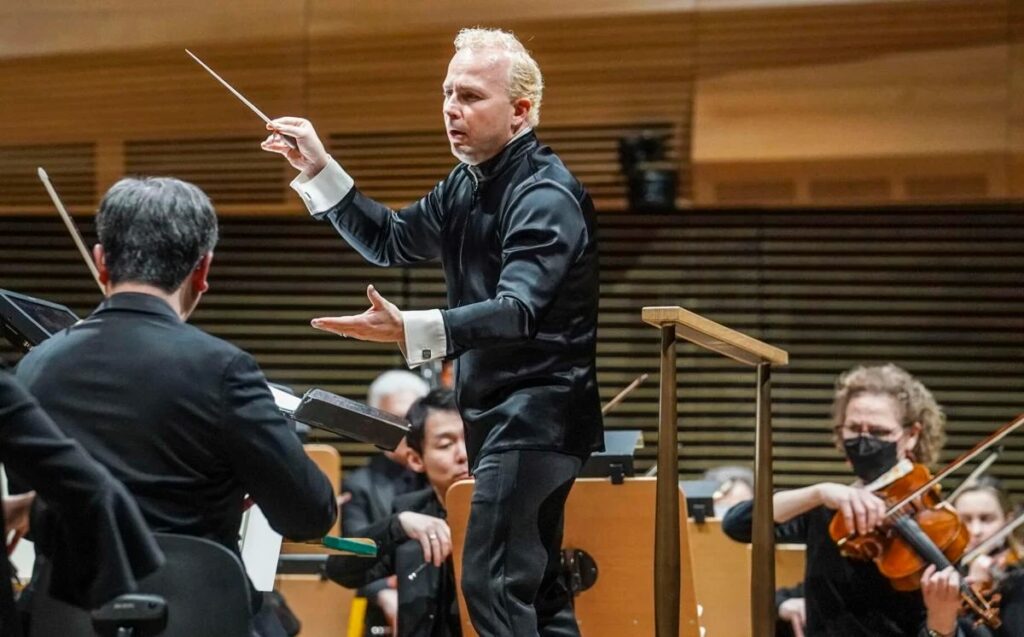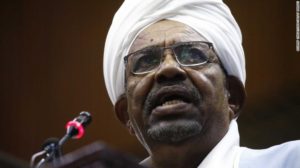
My first time seeing Ray Chen perform on stage was one of the most magical moments of my life. From the luscious melodies of César Franck’s Sonata in A Major to the mystical textures of Maurice Ravel’s Tzigane, I was enthralled by how much depth and color he was able to draw out of the instrument, along with his flawless tone and technique. As a young, aspiring classical musician, I saw firsthand what it means to have mastered your instrument and refined your craft to perfection.
But I found that outside of my friends in the orchestra, few shared my sentiments regarding classical music. Much to my dismay, many of my friends found classical music to be boring and academic, and they would only ever listen to it to sleep or to study. They just weren’t able to find the passion or the love for classical music that I had found so many years before, and I can’t say that I blame them.
Historically, there have been a number of significant barriers keeping many people away from the genre. Film and television often tend to prop up an image of classical music as something that is reserved solely for the elite. I can’t tell you how many times I’ve seen a scene on TV, set in opulent banquets and fine dining restaurants, all with Boccherini’s Minuetto playing in the background. Even shows based on the dark underworld of the social elite like Succession include soundtracks with string quartet ensembles, further cementing the idea that the genre is one that is primarily associated with money and power.
Those who choose to learn an instrument like the violin or the flute are often met with the unfortunate realization that a high-quality instrument may cost anywhere between a few thousand and several million dollars, such as Stradivari’s “Empress Caterina” violin. Even simply going to see the philharmonic can prove to be much more complicated than going to see a pop concert, as one must be aware of the unspoken rules of concert etiquette which govern the timing of clapping, noise, dress code, and more.
Despite its often elitist image, classical music continues to exert a lot of influence in even the most popular music of today. John Williams’s bombastic score for Star Wars evokes many musical techniques and harmonies reminiscent of Igor Stravinsky’s The Rite of Spring (Le Sacre du printemps). Even in the realm of KPop, BLACKPINK’s Shut Down includes a sample from Niccolò Paganini’s second concerto for violin. But how will the genre be able to truly captivate younger audiences? How do we get people from Williams to Wieniawski?
In recent years, many classical musicians have been taking a multifaceted approach to reach out to more audiences. In particular, groups such as TwoSet Violin, a group of two violinists on YouTube, have found massive success bringing sketch comedy and classical music together, garnering over four million subscribers to date. The duo has sold out concert halls across the globe, performing standard violin repertoire in a way that is funny and refreshing, and presenting it in a more approachable way. Even established professional soloists such as Lang Lang enjoy large followings on platforms such as TikTok, where they post clips of recent performances and interviews.
But I think what really is going to propel the genre into the modern day is focusing on the wealth of new and unique classical music that is being produced all over the world by many young and old composers alike, challenging the Eurocentrism of the genre. Conductor Teddy Abrams, musical director of the Louisville Orchestra, is at the forefront of a new generation of musicians who seek to highlight and infuse the influences of their local communities into their music. Abrams’s Piano Concerto, premiered by Yuja Wang, combined “jazz, funk, big band and movie music” with a unique virtuosic flavor in an innovative and exciting way, winning him his first Grammy in 2024, and garnering thousands of listeners on Spotify and Apple Music. Others such as pianist Barbara Nissman champion the works of Latin American composers like Alberto Ginastera, who sought to bring the influence of indigenous Argentinian music and folk rhythms to the world of classical piano. Even celebrated violinist Ray Chen recently performed the viral composition “Rush E” popularized on YouTube as an encore at a concert in Toronto.
These musicians strive not only to innovate outside of the European classical tradition but also to bring out the beauty and grandeur of classical music in a way that the everyday listener can identify with and enjoy.
It is easy to see that these recent developments in the field of classical music are making great strides towards making the genre more accessible, as more and more young people are becoming fans. My hope is that these new trends will continue to expand their reach, and that the genre will continue to capture the hearts of young musicians and aficionados everywhere.



